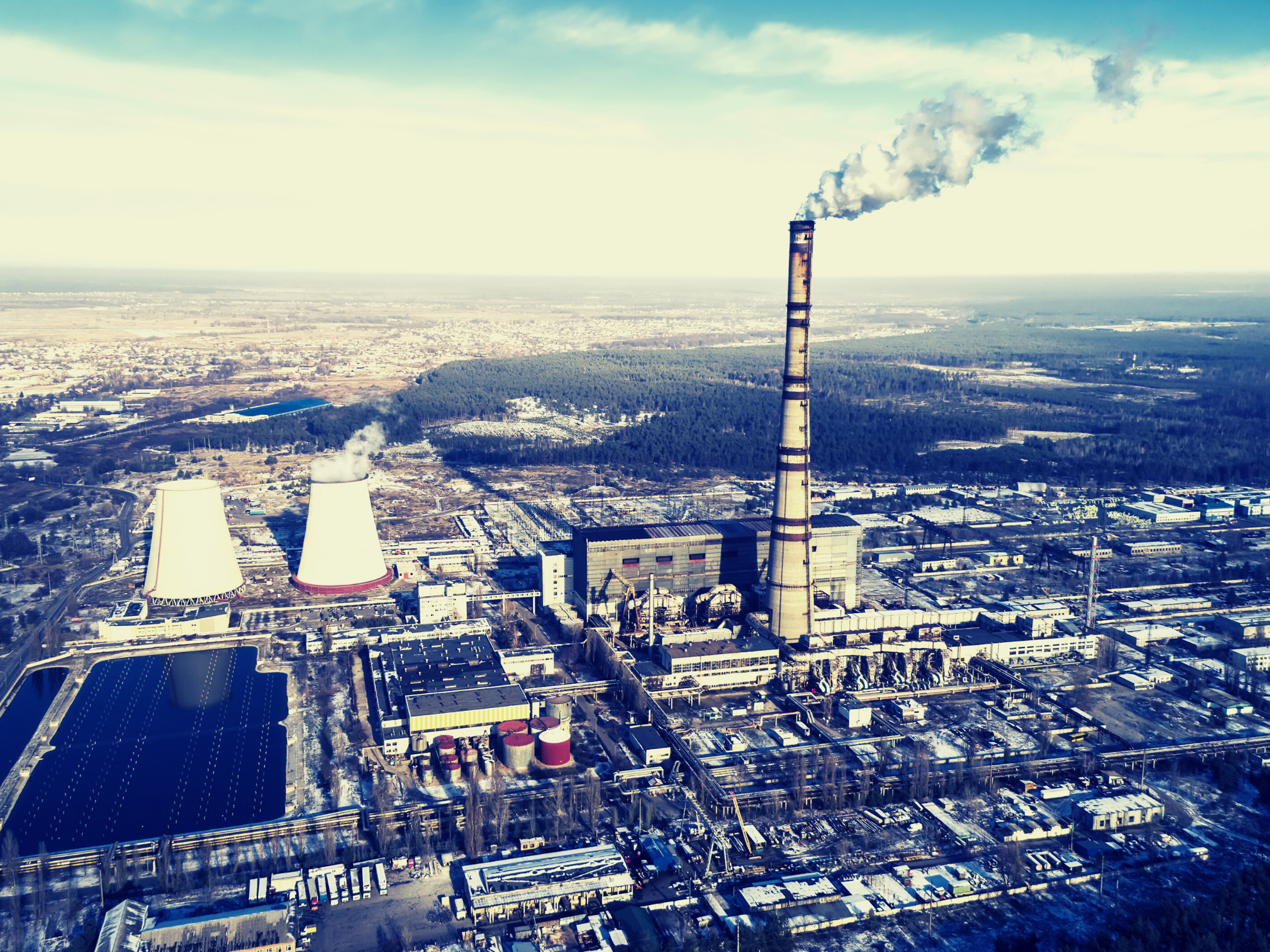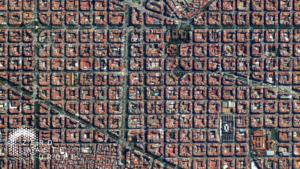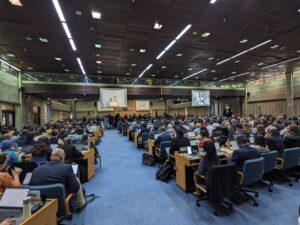Hidden temperatures: messy measurements lead to increased emissions from Waste-to-Energy incineration

Waste-to-Energy incineration in Europe has been on the go for some time now, and now this latest craze for waste management is catching on, starting to spread far beyond the continent. But it’s contributing to climate change and failing to address the real issue at play: we are generating too much waste. Instead of transitioning towards better resource management practices that preserve resources and minimise waste, the incineration industry are hiding the emissions from their activities so as to continue business-as-usual.
Our recent case study with ToxicoWatch looked specifically at the ‘state of the art’ Waste-to-Energy (WTE) incineration plant, Reststoffen Energie Centrale (REC), in Harlingen, in the Netherlands showcasing just some of the emissions associated with Waste-to-Energy incineration specifically regarding temperatures.
Temperature & Persistent Organic Pollutants (POPs)
There are several stages within the incineration process where dangerous emissions can be released, in particular the process can result in the creation of persistent organic pollutants (POPs). These POPs can be created during thermal treatment in the post-combustion zone of the plant, if temperatures are not appropriately controlled.
Currently, Waste-to-Energy incineration plants are guided by a set of environmental standards such as Best Available Techniques for Waste Incineration and the EU Directive on Industrial Emissions. This includes guidance on what temperatures need to be reached in order to minimise the creation of POPs. According to these policies, the temperature in the post-combustion zone of a Waste-to-Energy plant has to be maintained to a temperature of at least 850°C for two seconds, and/or in the presence of halogenated content of organic substances over 1% of the total waste content, a higher temperature of 1100°C should be reached.
However, ToxicoWatch’s research showed that in practice, the realities of controlling effective temperatures in the post-combustion-zone to minimise the creation of POPs are at best challenging, and at worst, ignored.
Challenges to controlling temperature to avoid the creation of POPs
In order to ensure that appropriate temperatures are reached to avoid creating POPs during the Waste-to-Energy incineration process, measurements must be taken. However the REC plant revealed several key issues when measuring temperature.
Halogen Content Measurement Inconsistencies: Halogens are a specific group of chemicals that make up part of our daily household waste. To measure them effectively a chemical analysis of waste should be done on the waste feedstocks, but there is currently no legal requirement for how often this analysis should be conducted and on which halogens it should focus – a clear loophole in the legislation. In the case of the REC incinerator, only two samples were analysed on a tiny proportion of the total waste incinerated – raising questions about the extent to which these laws are implemented in good faith.
Lack of transparency in monitoring temperatures: Notably, the study also revealed some interesting transparency challenges when looking for temperature data. Despite being required by the Directive on Industrial Emissions to verify temperatures in the post-combustion zone within 6 months of the first plant operation, the REC management did not provide any evidence that this was actually done. Similarly, investigations should have been carried out under both normal and licensed worst-case conditions, but were not.
Specifically, a journalist who visited the REC plant reported that temperatures were far lower than those required by law – and when questioned, the province justified the results by saying the thermometer was too dirty to read correctly! Without transparency in the measurement process, questions can be raised as to whether these legal requirements are being met in practice.
Discrepancies in determining the extent of the post-combustion zone: Unfortunately, there is not only improper measurement of temperatures in the post-combustion zone, but there is also improper determination of what actually constitutes the post-combustion zone. Determining the starting point of the post-combustion chamber appeared to cause problems. The REC plant initially indicated a height of 18m as the key measurement location, but results were then taken at 14m. Clearly, these discrepancies in post-combustion-zone measurement also play a part in ineffective control of temperatures during Waste-to-Energy incineration.
Misplacement of thermometers: As such, measurement thermometers are often misplaced despite requirements in the Directive on Industrial Emissions that notes measurements should be done near the inner wall of the combustion chamber, which for the REC plant would be at a height of between 18m – 24m. Yet, the REC incinerator placed thermometers at 35,5m at the top of the roof and then used an equation to estimate the temperature at 14m (where they considered the post-combustion-zone to be). This inaccurate method to determine the starting point of the post-combustion zone could be the result of lacking clear guidelines in Dutch legislation but it could also be a problem with enforcement.
For further limitations regarding inconsistency in measurement, homogeneity in oxygen levels and the calorific value of waste, see our full case study.
So, what next?
This case study raises serious concerns about the control and implementation of best practice guidance for Waste-to-Energy incineration. If ‘state of the art’ incinerators are unable to effectively enforce current EU legislation in a way that minimises POPs, then we have a big problem.
These findings reveal serious shortcomings and legal loopholes in the control of temperatures in waste incineration – with knock on impacts for the climate, and future of resource management.
More stringent enforcement of the Directive on Industrial Emissions is necessary in the short-term to prevent the formation of unintentional persistent organic pollutants and to ensure that waste incinerators apply the best available techniques environmental practices. Yet ultimately, Waste-to-Energy does not fix our planets’ waste problem, and it further exacerbates climate change in ways we cannot afford.
Europe now has the opportunity to support more sustainable alternatives and invest in reducing waste in the first place rather than submitting to industry’s attempts to hide their emissions to maintain business-as-usual, it’s time to act.
NOTES
Read the detailed case study on the REC plant: Hidden temperatures: emissions implications of temperatures in the post-combustion zone of waste incinerators
Read our other related studies:
Case Study 1: Hidden emissions: a story from the Netherlands
Case Study 2: The hidden impacts of incineration residues
Policy Briefing on: the impact of Waste-to-Energy incineration on climate
Blog on: The story of REC: The hidden emissions of the youngest Dutch incinerator


